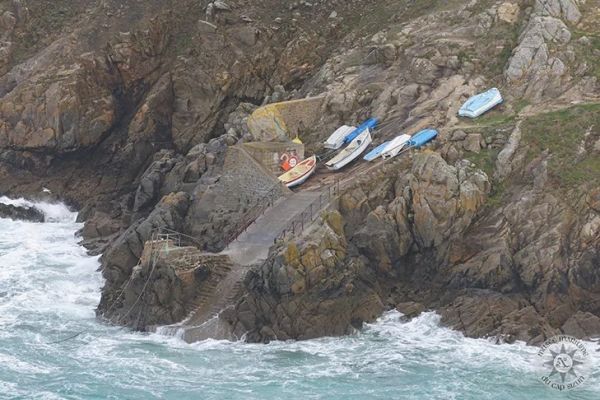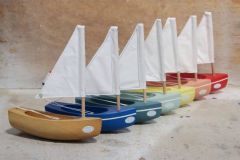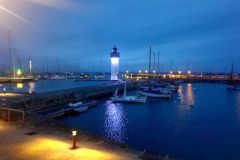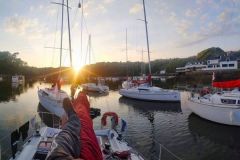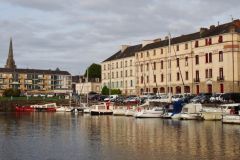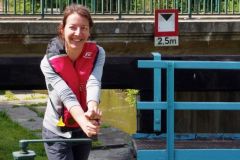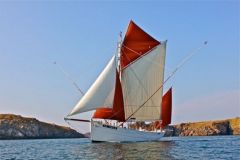Le Vorlen is first and foremost a cove, nestled between the Saint-They chapel and the beach of the Baie des Trépassés. But it's not a port like the others. Isolated on the western side of Cap Sizun, exposed to westerly winds and the wrath of the Atlantic, it still welcomes a few fishermen and yachtsmen every summer. Why maintain such a shelter? What remains of its original facilities? Who still benefits from this seasonal anchorage? These are the questions posed by the Vorlen today.
A seasonal shelter, valuable despite its limitations
On the scale of Cap Sizun, Le Vorlen remains unique: it's the only sheltered harbor on this western facade facing the Isle of Sein and the Raz. But its exposure to west to south-westerly winds makes it unsafe in bad weather. As a result, the port is only open from May to September, provided you use boats that can be hauled ashore. The Vorlen is not a place for improvisation: you need to know the area, maneuver carefully and keep a close eye on the weather.
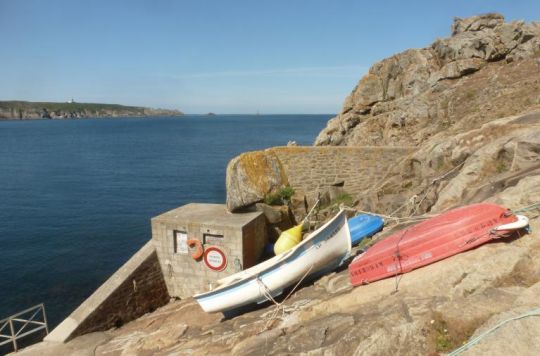
A cliff-side building designed for seafarers
The first facilities were built in 1892. At the time, Cléden fishermen installed a slipway, ramp, landing stage and footbridge between the rocks. The builders had to adapt to the restrictive topography: steps cut into the cliff, platforms reinforced over time, rubble stone retaining walls. In 1926, a hand winch was installed for towing in heavy seas. But maintenance remains constant. Several major repairs were necessary, notably after the storms of 1950, 1965 and 1990.
A rudimentary but functional mooring system
Each canoe is equipped with a manual to-and-fro system, consisting of hawsers and pulleys connected to an offshore mooring. This system avoids leaving the boats too close to the shore, where the swell would smash them against the rocks. To disembark, the boats are moored briefly, then raised using the concrete ramp. This type of mooring requires considerable physical effort. Access to the harbor is by foot only, via a steep path.
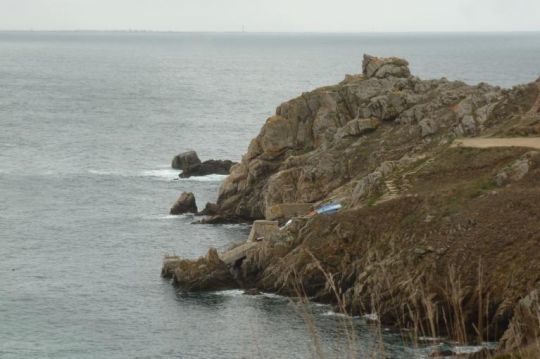
A business on the verge of collapse, centered on the linemen of Le Raz
Today, Le Vorlen is still home to a handful of professional trollers, specialized in sea bass fishing in the currents of the Raz de Sein. They are the ones who keep the port in use, as their proximity to the fishing grounds reduces transit times. A few yachtsmen also use the site in summer, but the lack of modern facilities limits the number of visitors. There's no water, no electricity and no usable slipway for trailers. In winter, the port is deserted.
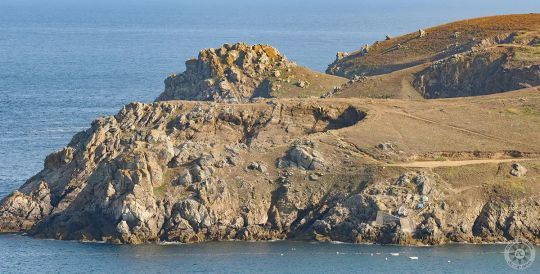
Abandoned projects, between utopia and local reality
In the 1970s, a project for a fast link between the Vorlen and the Ile de Sein would have reduced the journey time to 20 minutes. It never saw the light of day. An attempt to integrate it into the SNSM also failed. Le Vorlen remains a local port, shaped by and for those who know it. It has never really opened up to tourism or trade.
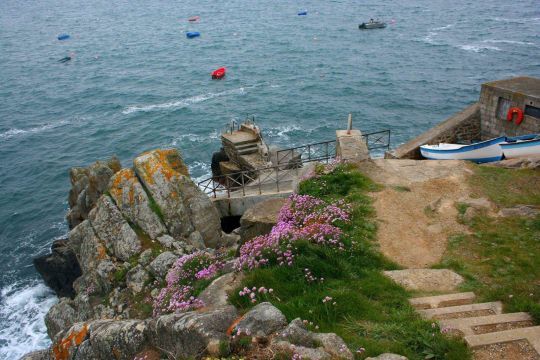
A living heritage, testimony to a direct relationship with the sea
More than just a berthing site, Vorlen illustrates an ancient relationship with the sea, based on pragmatism and resourcefulness. Breton legend has it that it was from here that Vag nos the ghost ship carrying the souls of sailors to the Isle of Sein. We may or may not believe it. What's certain is that at Le Vorlen, every maneuver, every ring set in the rock, tells the story of man's efforts to take advantage of a coastline that is never truly domesticated.

 /
/ 